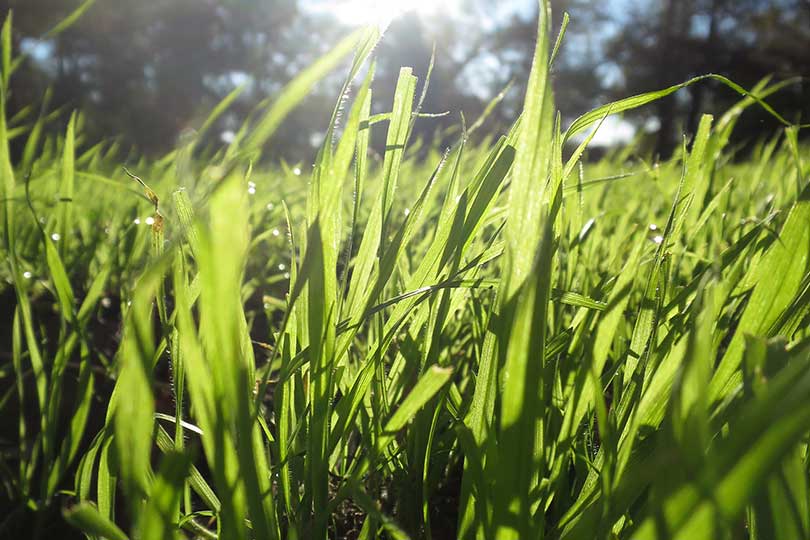By Adam Russell
AgriLife Today
Mid and late August is a good time for producers to plan ahead for winter forages, said Dr. Vanessa Corriher-Olson, Texas A&M AgriLife Extension forage specialist in Overton.
Since most fall, winter and spring forages perform best when planted in late September through early October, producers should now be choosing forages, pricing, purchasing or reserving seed in preparation of when and where to plant.
“Waiting until the last minute can be problematic,” she said. “If you wait, you might not be able to find seed or in the numbers you need and then may be forced to plant late, which impacts production.”
Corriher-Olson said she has not heard about any seed availability issues this year, but recommends contacting local feed and seed stores to be sure.
Producers have many options for fall and winter forages, but Corriher-Olson said the location of the pasture and matching species to specific soil types, average rainfall and temperatures are paramount. The timing for forage availability is also an important consideration for producers.
Small grains, such as oats, small grain rye and wheat perform best in specific regions that provide preferred soil makeups, temperatures and moisture levels. They produce forage in the fall and early winter.
Small grains rye is adapted to a wide variety of soil types and more productive than other small grains, Corriher-Olson said.
Oats are the least cold tolerant and should be planted in central and southern portions of the state south of Interstate 20, she said. Wheat is better adapted to colder temperatures and perform well north of I-20.
Ryegrass, which produces in the spring, can be planted later than other forages, but delays can mean decreased yields and impact availability for grazing, she said. The rainfall needs of ryegrass limit the majority of production to portions of the state east of I-35.
Cool-season legumes also produce forage in the spring, Corriher-Olson said. She recommends talking to a local AgriLife Extension agent or forage specialist about legumes because they are site specific and require a soil pH of at least six.
Some producers choose legumes to recycle nitrogen via grazing or by tilling the cover crop into the soil, she said.
“The decision for the producer mostly comes down to seed prices and when they will need the forage,” she said. “Producers have a lot of options, but in general it’s better to have a plan and to be prepared so that forages are available when they need them.”

